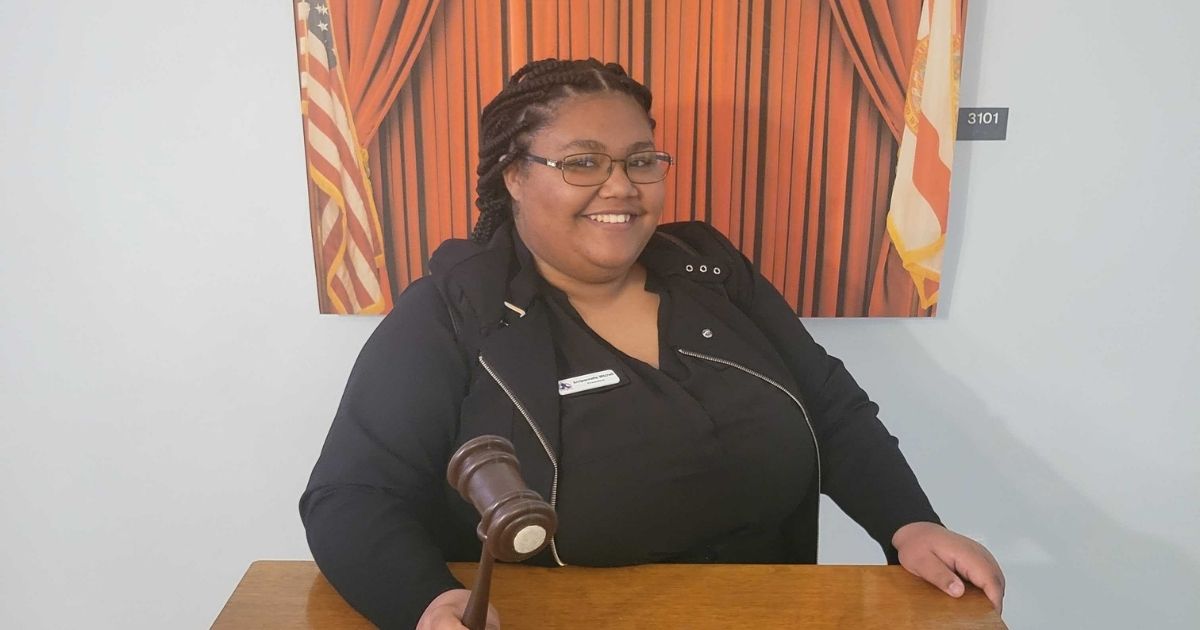No matter how long a person has served, transitioning out of the military has its challenges. For example, you’ll need to immediately answer, “What’s next?” Some people (myself included) choose college as the next step. While transition classes are normally provided to service members re-entering civilian life, my biggest piece of advice when it comes to preparation is to always, always, always do your own research, too — regardless of which path you choose.
The first step in my college research journey was to make sure that I could afford to go. Honestly, it takes time to figure out how to navigate this step. I learned that the process is different for everyone. Using resources available through the U.S. Department of Veterans Affairs, such as the G.I. Bill Comparison Tool, was crucial.
Depending on your eligibility, there are often several different G.I. Bill benefits to choose from. The G.I. Bill Comparison Tool tells you exactly how much each one pays for college tuition, expenses, and allotments (books, housing, etc.). This is helpful because you can tailor the benefits to your individual situation. A big difference between the Montgomery G.I. Bill and the Post-9/11 G.I. Bill, for example, is that the Montgomery doesn’t cover tuition at most institutions — but it does provide a higher housing allotment, making it a good choice for student veterans with full-ride scholarships or other ways to pay their tuition.
In my opinion, the most favorable option is the Post-9/11 G.I. Bill, which covers a significant amount of in-state tuition and also provides a housing allotment. That said, if you plan to attend a private, out-of-state school, tuition can cost $50,000 a year or more, and the Post-9/11 benefit might not be enough to cover it. That’s why you’ll also want to determine whether your intended college or university participates in the Yellow Ribbon program. Almost like a scholarship, the Yellow Ribbon program pays for tuition and fees that the Post-9/11 G.I. Bill doesn’t cover, such as those at out-of-state schools, private schools, or graduate schools.
By mixing and matching some of your financial options, you’re more than likely to find a few viable candidates to apply to, but it’s also important to consider things like what programs they offer and whether you’re likely to be admitted.
As far as programs go, make sure the college you’re applying to offers something that interests you. You don’t have to know exactly what you want to study, but at least explore your options! Do you like forestry and conservation? Math, science, and engineering? Aviation? Exploring the cosmos? The arts? Different schools offer different program options and specialties. Are you interested in studying something related to your Military Occupational Specialty (MOS)? See if a transfer path exists. In either case, find out which schools offer programs you might enjoy, and focus on learning more about them.
I’m no brainiac, so I knew my chances of getting into a highly competitive school weren’t great. That said, no matter where you go, it’s important to paint the best possible picture of who you are as a student. Standardized test scores and high school transcripts alone don’t cut it. Instead, you should give the school a call and ask to speak with someone in admissions! Alternatively, many schools have resources specifically designed for veterans, such as EFSC’s Military and Veterans Service Center.
Before you call, be sure to do your research and write down questions about anything you don’t understand. (This is always better than simply asking them about your chances of getting in!) They’ll be able to make suggestions, explain program requirements, and walk you through the application and/or enrollment process. Personally, I learned about testing waivers by calling, which helped me out a lot!
Once you’ve applied to and been accepted at a college that checks all (or most) of your boxes, it’s time to get ready for your classes. You may worry that you’ll feel a bit like Billy Madison, attending school with people much younger than you, but just remember that everyone approaches life differently. It’s a perfectly normal and valid choice not to go to college right out of high school. In most cases, the first day of class will be simple. You’ll spend it learning about the course requirements, the professor, and your classmates — and you’ll also have a choice about whether to share your military history when you introduce yourself. There’s no right or wrong answer, but if you do opt to share, know that a veteran perspective often adds unique value to the subject at hand.
Finally, if you don’t excel in every subject, don’t be intimidated or discouraged. When I went to college, I got an 11 out of 100 on my math placement exam. That meant that I had to take a developmental math course before I could take the required math courses for my degree program. I always struggled with math. (I used to have fever dreams about the subject before I ever considered going back to college.) With a little free tutoring and perseverance, however, even I managed to get an A.
At the end of the day, becoming a student veteran means that you will have a lot of options and logistics to consider, but following this path is an enriching experience that can lead to numerous career opportunities moving forward. Just remember that you should do your homework both before and after you enroll, and you’ll be in a position to succeed!
- College in My Sights: Life as a Student Veteran - November 10, 2021
- A.A. Versus A.S.: What’s the Difference? - September 8, 2021
- Alumni Corner: Joey Hilde - July 14, 2021




